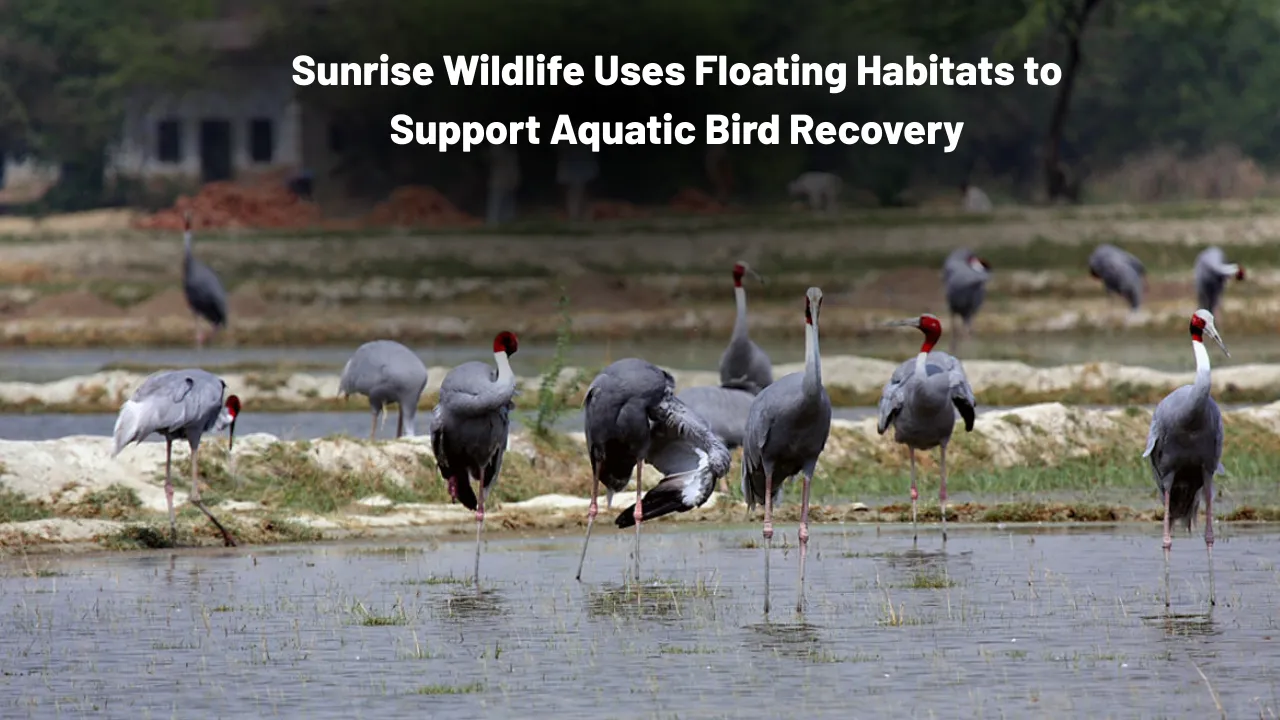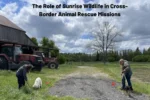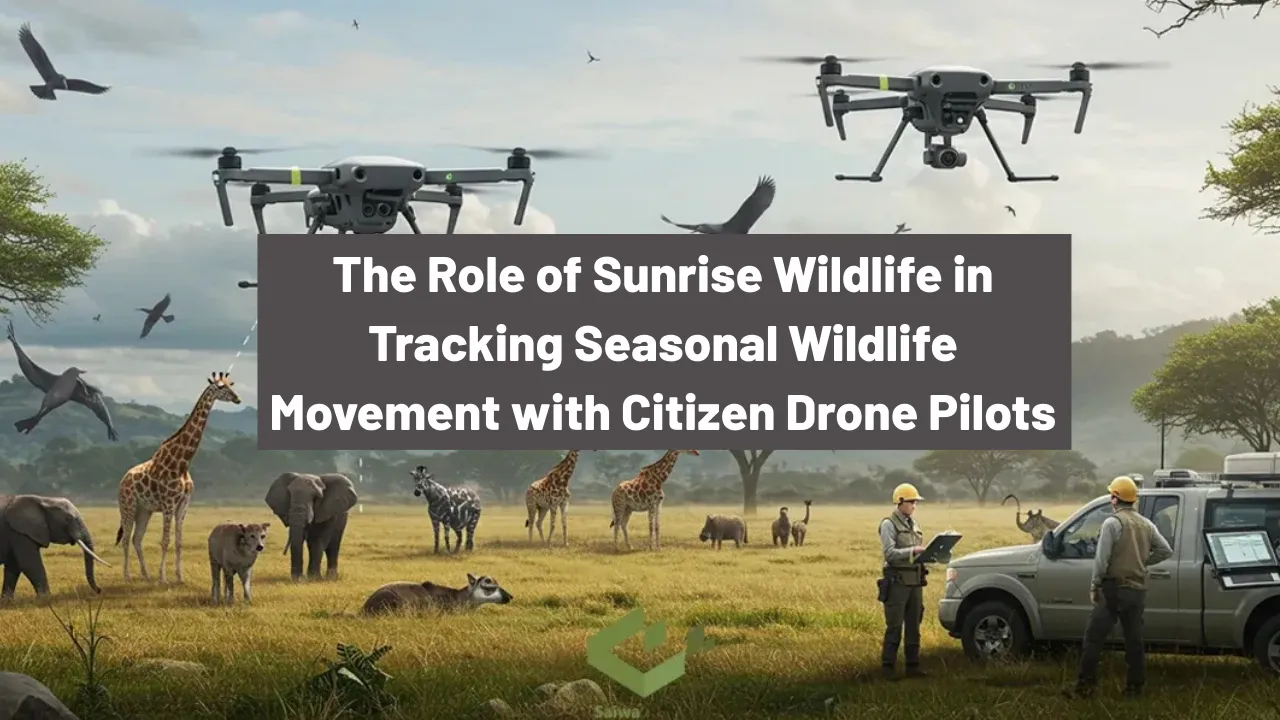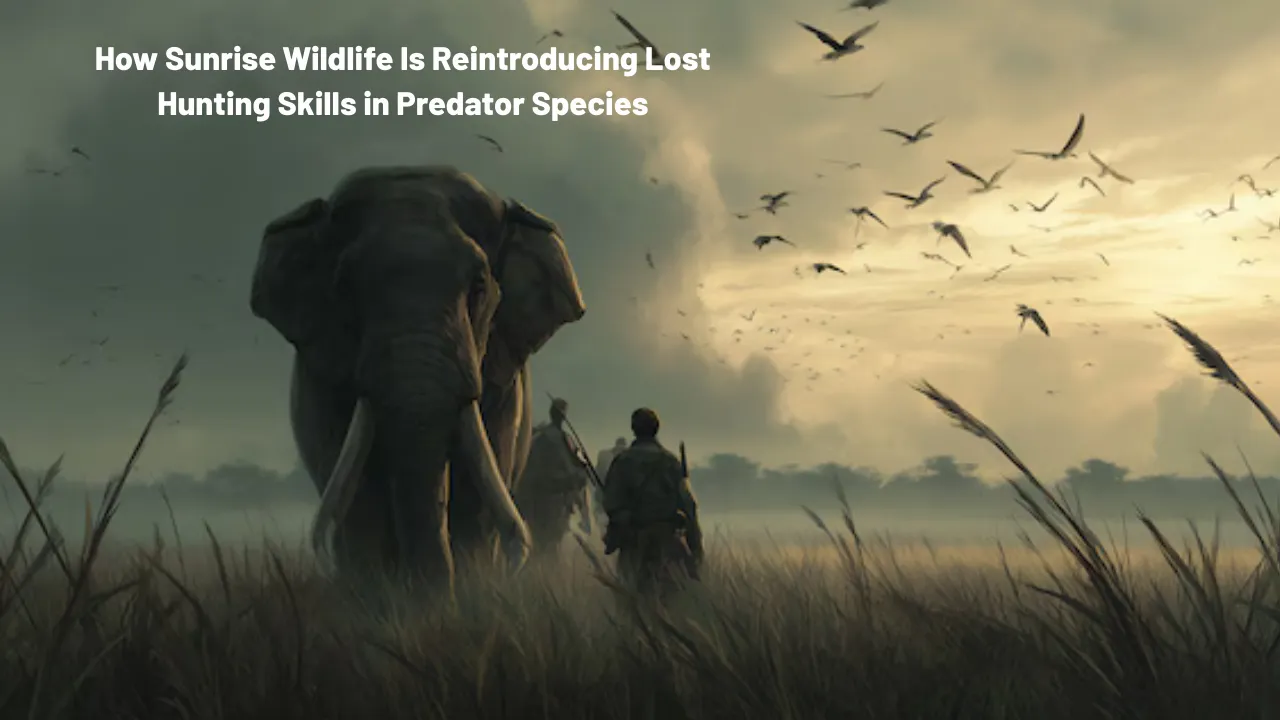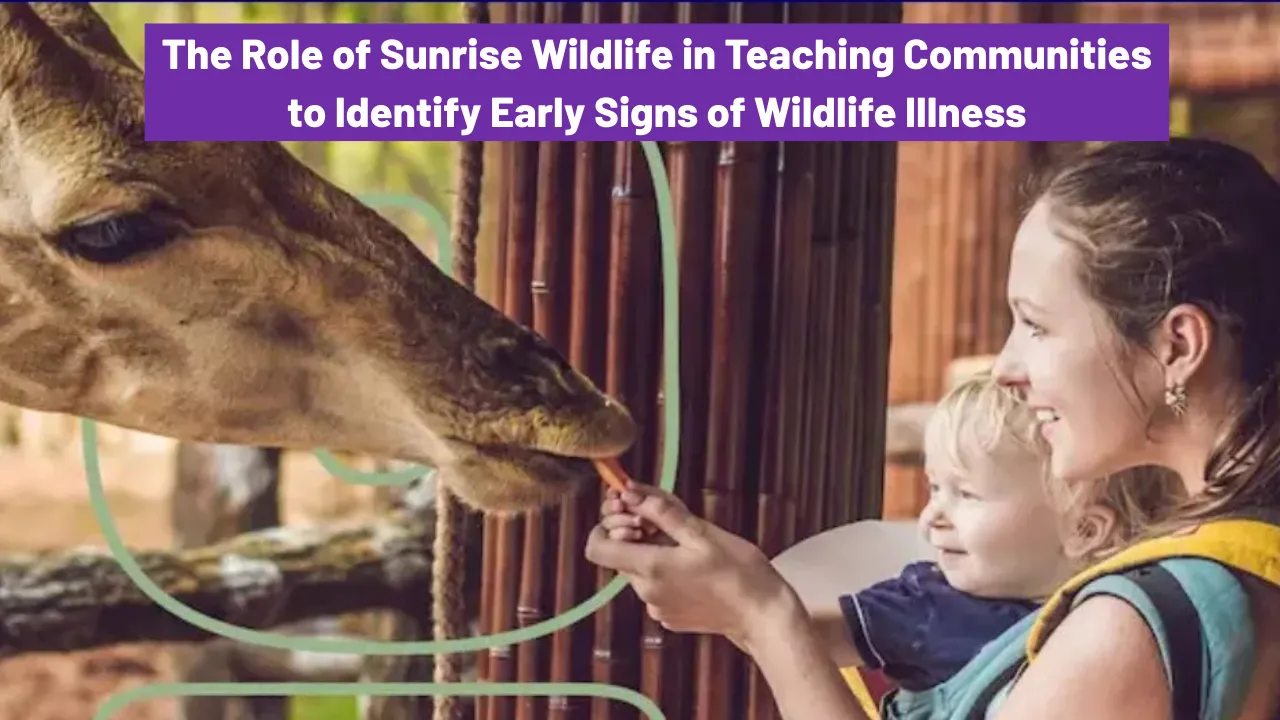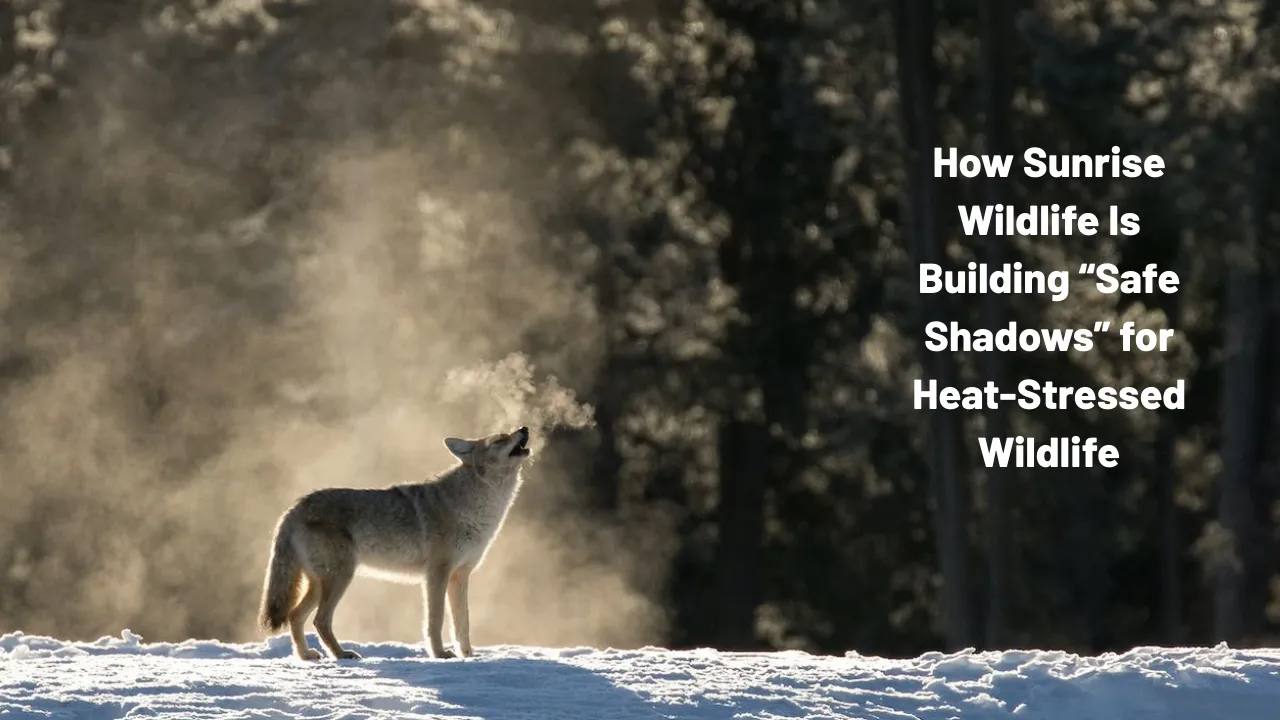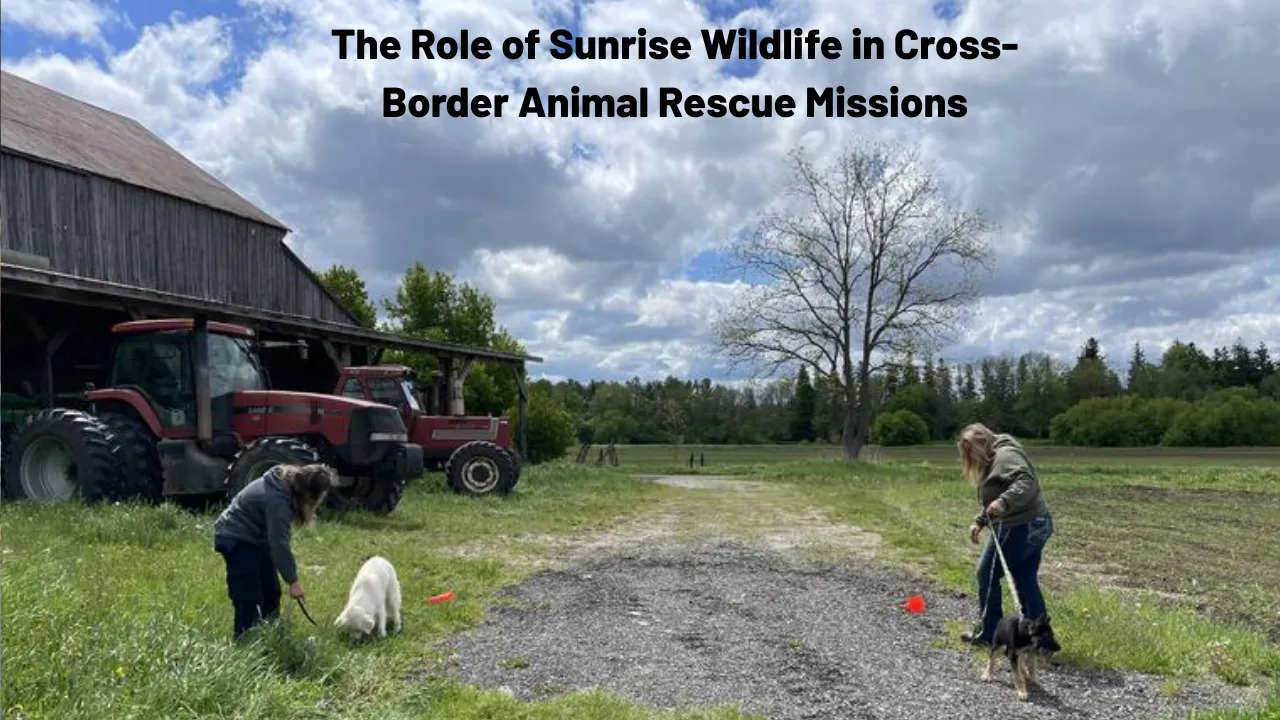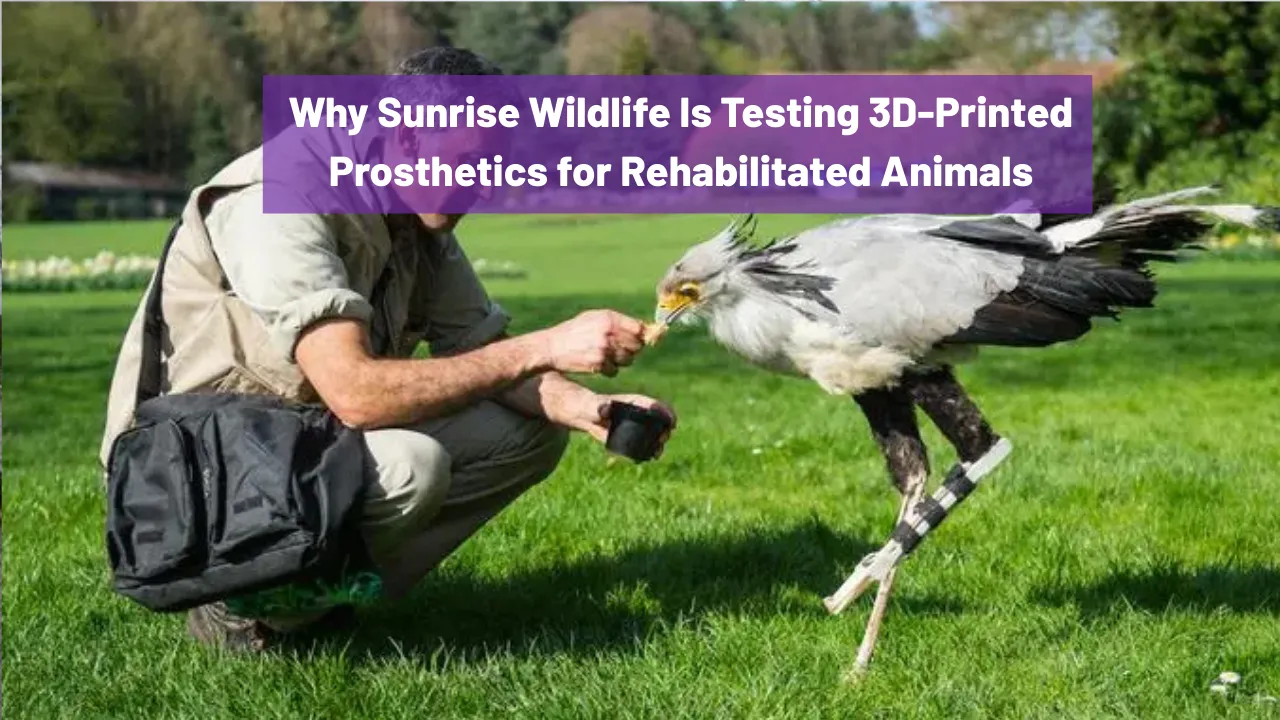Floating habitats are changing how aquatic birds recover and thrive after injury or displacement. At Sunrise Wildlife, these man-made islands offer safety, comfort, and a space where birds can re-learn natural behaviors before returning to the wild. These platforms are becoming vital tools in waterbird rehabilitation efforts.
This article explains how Sunrise Wildlife uses floating habitats to support aquatic bird recovery. We’ll explore what floating habitats are, how they help waterbirds transition back to their natural environments, and why these innovative structures are a sustainable solution for conservation. You’ll learn how they’re built, what species benefit most, and how these efforts are helping to restore aquatic bird populations.
What Are Floating Habitats?
Floating habitats are artificial platforms that stay afloat on water bodies like lakes, wetlands, or rivers. These platforms are made of lightweight but sturdy materials and are covered with natural elements like grass, reeds, or branches to mimic real wetland environments. Sunrise Wildlife uses these to create safe zones for aquatic birds that are recovering from injuries, stress, or relocation.
These habitats offer shelter, nesting space, and a safe environment where birds can adjust gradually to the outdoors without predators or environmental risks. Since they float, they rise and fall with water levels, making them reliable year-round.
Why Sunrise Wildlife Chose Floating Habitats
Sunrise Wildlife discovered that many aquatic birds struggled to adapt when released directly back into the wild. They either lacked survival skills or fell prey to natural dangers. Floating habitats became the perfect stepping stone. They help birds regain confidence, rebuild strength, and practice foraging, flying, and social behaviors in a safe space.
The use of these habitats also reduces the risk of overcrowding in rehabilitation centers and offers a more natural setting for birds in recovery. The floating platforms are placed in protected water bodies near the birds’ original habitats to encourage smooth reintegration.
Key Benefits of Floating Habitats for Waterbirds
- Safe Shelter from Predators:
These habitats provide isolated areas away from land-based predators, ensuring that recovering birds stay safe during the crucial final phase before release. - Controlled Exposure to Natural Conditions:
Birds experience wind, sun, rain, and natural food sources while still under monitoring. This exposure strengthens their resilience and instincts before full freedom. - Flexibility and Portability:
Floating habitats can be moved or reconfigured easily depending on the water level, weather, or specific bird species. This makes them adaptable tools for any aquatic bird recovery plan.
Birds That Benefit Most from Floating Habitats
Some birds are more dependent on water-based environments for survival and thus benefit more from this strategy:
- Grebes and Loons: These diving birds struggle with land-based recovery spaces. Floating habitats allow them to dive and swim freely.
- Ducks and Swans: These birds use the platforms for nesting, feeding, and preening while adapting to the wild.
- Herons and Egrets: Wading birds can practice hunting techniques in shallow water near the platforms.
These species recover more successfully when allowed to practice behaviors in a semi-wild environment like floating habitats.
How Floating Habitats Are Built
Sunrise Wildlife constructs each floating habitat using eco-friendly, buoyant materials. The platforms are covered with native plants and nesting materials that resemble the birds’ natural habitats. Staff also design them to allow water flow underneath, keeping the ecosystem healthy.
In some cases, solar-powered cameras or motion sensors are installed to track the birds’ progress. These devices help monitor health, behavior, and readiness for release without disturbing the birds directly.
Two Key Strategies Used by Sunrise Wildlife
- Gradual Reintroduction Program:
Birds are first brought to floating habitats for a few hours a day. Their time is increased gradually based on behavior and health. - Species-Specific Habitat Design:
Each platform is tailored to the bird’s needs. For example, ducks need more open space, while herons prefer shaded areas with higher platforms.
Community Involvement and Environmental Impact
Sunrise Wildlife also engages local communities in maintaining these floating habitats. Volunteers help plant native vegetation, monitor bird activity, and ensure cleanliness. This not only helps the birds but also increases public awareness of aquatic bird conservation.
Environmentally, these habitats encourage biodiversity and healthier waterways. Native fish, insects, and plants often thrive around these floating islands, creating a mini-ecosystem that supports multiple species.
FAQs
1. What are floating habitats made of?
They are built with buoyant materials like foam or recycled plastic and topped with soil, plants, and other natural materials.
2. Why not release birds directly into the wild?
Birds may not be ready to survive on their own immediately after rehab. Floating habitats help them transition gradually and safely.
3. Are these habitats permanent?
No, they are often temporary and used only during the recovery phase. They can be moved or removed once birds are released.
4. Can the public visit these habitats?
Most are in protected areas and not open for public visits to avoid disturbing the birds. However, some programs allow guided educational tours.
5. How can I help support these efforts?
You can donate, volunteer, or spread awareness about the importance of floating habitats in bird recovery.
Final Thought
Floating habitats are making a real difference in aquatic bird recovery. Thanks to innovative programs like those at Sunrise Wildlife, more waterbirds are returning safely to their natural homes. These floating sanctuaries give birds a second chance at life while also benefiting the environment.
